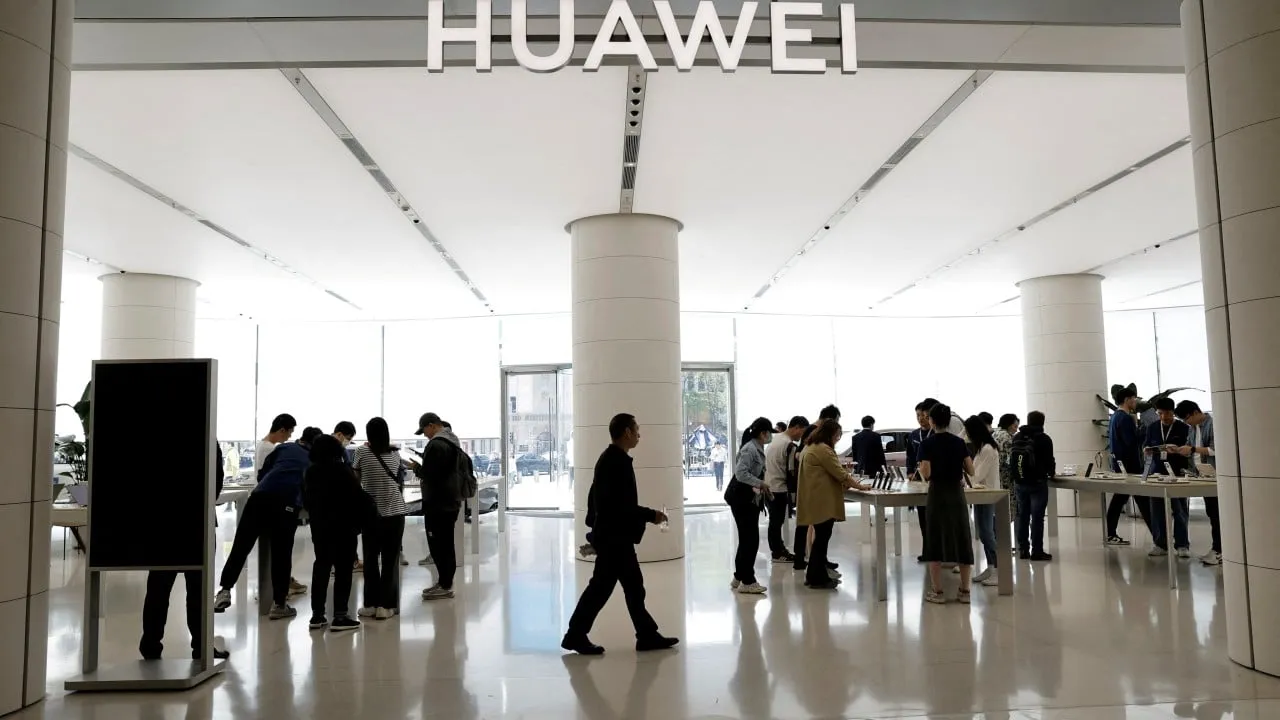Canalys Insights: Huawei Revenue Increases Driven by Semiconductor Manufacturing and Smartphone Sales

Canalys Insights into Huawei's Revenue Surge
Huawei Technologies has reported a 34% revenue increase for the first half of 2024, reflecting a strong comeback in the premium smartphone sector amid US sanctions. Total revenue for this period reached 417.5 billion yuan (US$58.6 billion), showcasing a significant rise from the previous year’s 310.9 billion yuan. The net profit margin was recorded at 13.2%, compared to 15% during the same period last year.
Key Developments and Market Performance
According to Canalys, Huawei shipped 22.2 million smartphones in the first half of 2024, marking a substantial 55.2% increase year-over-year. This surge allowed Huawei to capture 16.1% of the Chinese smartphone market, ranking among the top five manufacturers for three consecutive quarters. Its latest flagship, the Pura 70 series, launched in April, is anticipated to reclaim its competitive edge in the lucrative smartphone sector.
- Pura 70 series: Key to Huawei's market resurgence.
- Kirin 9010 chipset: Manufactured by Semiconductor Manufacturing International Corporation.
- Resilience against US sanctions: Huawei's strategies and partnerships strengthen its supply chain.
Huawei's leadership emphasizes commitment to optimizing business processes, enhancing resilience, and fostering vibrant ecosystems. The company is not offering detailed segment breakdowns but reports consistent growth in consumer devices and smart car solutions.
Future Outlook Amid Challenges
As Huawei pushes forward with its electric vehicle initiatives, it has established Shenzhen Yinwang Intelligent Technology, a smart car component firm. With strategic partnerships in the automotive sector, Huawei is set to advance its position in both smartphone and automobile markets.
This article was prepared using information from open sources in accordance with the principles of Ethical Policy. The editorial team is not responsible for absolute accuracy, as it relies on data from the sources referenced.